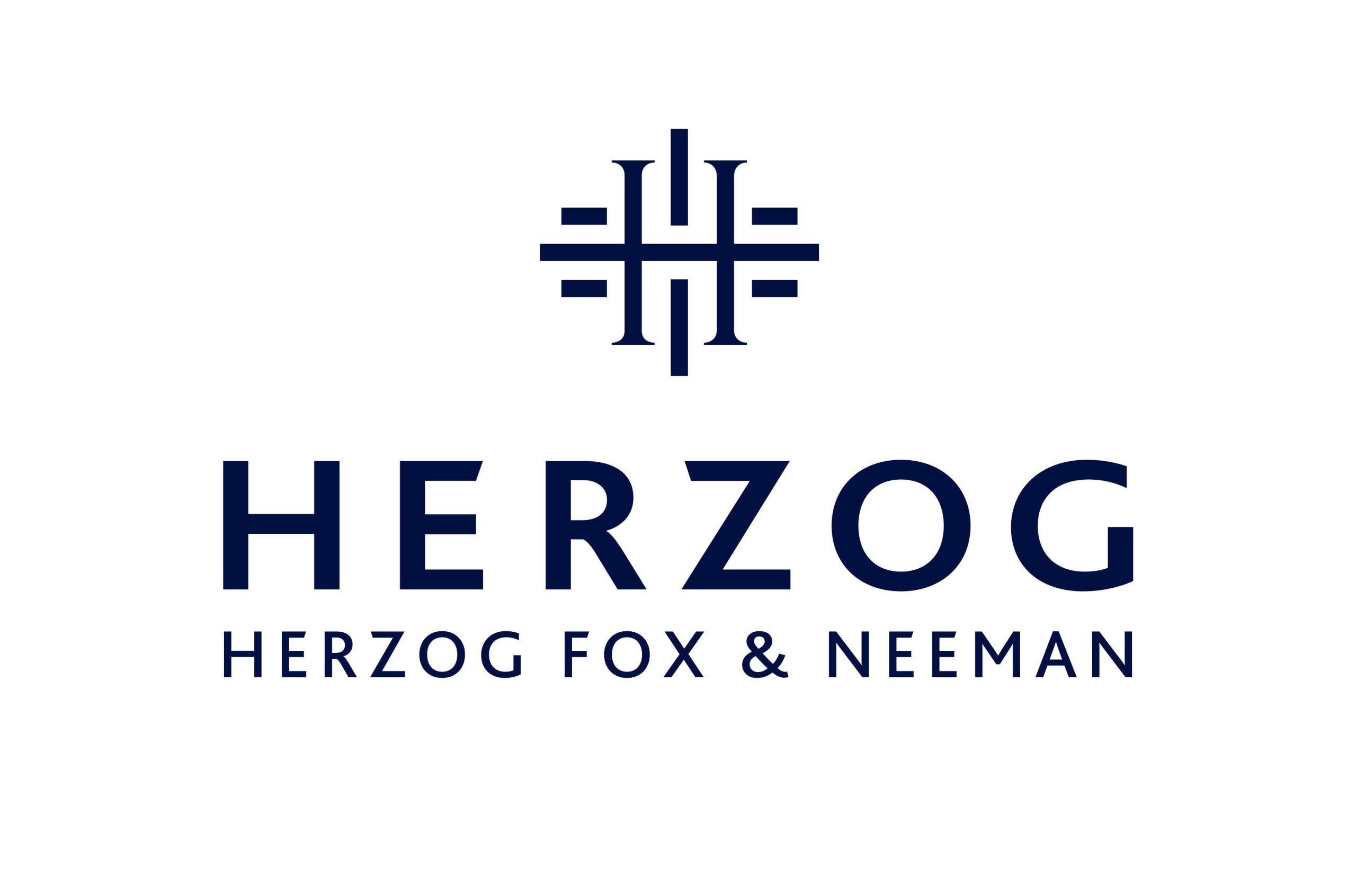The OECD Reaches Agreement on the Two-Pillar Solution
2 July 2021
Dear friends, clients and colleagues,
The OECD/G20 Inclusive Framework on Base Erosion and Profit Shifting (the IF) issued a statement yesterday (July 1, 2021) that it has agreed on a two-Pillar solution to address the challenges arising from the digitalization of the economy. The statement can be found here. So far, 130 IF countries, including Israel, out of 139 IF member countries have agreed to this solution. The key components of each Pillar are based on, but yet differs from, the two-Pillar blueprint previously published by the IF. A detailed implementation plan is expected to be finalized by October 2021.
Below are some of the key points included in the IF’s announcement with respect to each Pillar.
Pillar One
Pillar One aims to allocate certain income (Amount A) to market jurisdictions, based on a new nexus rule, while ensuring a fixed remuneration for baseline marketing and distribution functions in market jurisdictions (Amount B).
The in-scope companies for Amount A are multinational enterprises (MNEs) with global turnover of above 20 billion euros (may be reduced to 10 billion euros in the future) and a profitability rate of above 10%. Given this threshold, Israeli based MNEs are not expected to fall within the scope of Pillar One’s Amount A in the near future.
Under Pillar One, 20%-30% of the residual profit (profit in excess of 10%) of in-scope MNEs, is allocated to market jurisdictions in which the MNE derives at least 1 million euros in revenue (or at least 250,000 euros for jurisdictions with GDP lower than 40 billion euros). However, where residual profits of in-scope MNEs are already taxed in a market jurisdiction, a marketing and distribution safe harbor will cap the residual profit allocated to such market jurisdiction.
In-scope MNEs will benefit from a dispute prevention and resolution mechanism, which will avoid double taxation of Amount A. Consideration will be given to an elective binding dispute resolution mechanism for developing countries.
The multilateral instrument through which Amount A is implemented will be developed and opened for signatures in 2022, with Amount A coming into effect in 2023. In addition, the application of the arm’s length principle to in-country baseline marketing and distribution activities (Amount B) will be simplified and streamlined. This work will be completed by the end of 2022.
Pillar One will also provide for appropriate coordination between the application of the new international tax rules and the removal of all Digital Services Taxes and other relevant similar measures on all companies.
Pillar Two
Pillar Two is intended to ensure a minimum tax rate on in-scope MNEs (generally, MNEs that meet a 750 million euro revenue threshold, although countries are free to adopt lower thresholds for MNEs headquartered in their country). Pillar Two consists of two elements:
- Two interlocking domestic rules (together known as Global anti-Base Erosion (GloBE) rules): (i) an Income Inclusion Rule (IIR), which imposes top-up tax on a parent entity in respect of the low taxed income of a constituent entity, and (ii) an Undertaxed Payment Rule (UTPR), which denies deductions or requires equivalent adjustment to the extent that the low tax income of a constituent entity is not subject to tax under an IIR.
- A treaty based rule (the Subject to Tax Rule (STTR)) that allows source jurisdiction to impose limited source taxation (i.e., deny treaty benefits) on certain related-party payments that are subject to tax below a minimum rate. The STTR will be creditable against GLoBE.
GLoBE
GLoBE will have the status of a common approach rule whereby IF countries are not required to adopt GLoBE, but are required to accept the application of GLoBE by other IF countries.
The IIR allocates the top-up tax to the jurisdiction of the constituent entity that is closest to the top of the ownership chain of the MNE (a “top-down approach”), subject to an exception, if more than 20% of the equity interests of an entity are held directly or indirectly by persons that are not constituent entities of the MNE group (so-called “split ownership rule”). The allocation methodology of UTPR is yet to be agreed on.
The minimum tax rate used for the purposes of IIR and UTPR will be at least 15%. This minimum tax rate may have significant impact on MNEs with Israeli subsidiaries and on Israeli groups that are subject to lower tax rates under the Law for Encouragement of Capital Investments (e.g., with respect to their so-called “preferred enterprise”, “preferred technology enterprise” or “special preferred technology enterprise”).
The GLoBE rule will provide for formulaic substance carve-out that will exclude an amount of income that is at least 5% (7.5% during the 5-year transition period) of the carrying value of tangible assets and payroll. The GLoBE rules will also provide for a de minimis exclusion.
STTR
IF countries that apply nominal corporate tax rates below the STTR minimum rate for interest, royalties and a defined set of payments would implement STTR into their bilateral tax treaties with developing IF members when requested to do so.
The taxing right will be limited to the difference between the minimum rate and the tax rate on the payment. The minimum rate for STTR will be from 7.5% to 9%.
IF members will agree and release an implementation plan for STTR, which will contemplate that Pillar Two should be brought into law in 2022, to be effective in 2023.
We are at your disposal to provide comprehensive advice targeted to your specific circumstances and would be happy to analyze the potential impact of the new Pillar One and Pillar Two regimes and consider potential restructurings or adoption of different transfer pricing models for more tax-efficient outcomes.
Herzog Fox & Neeman





